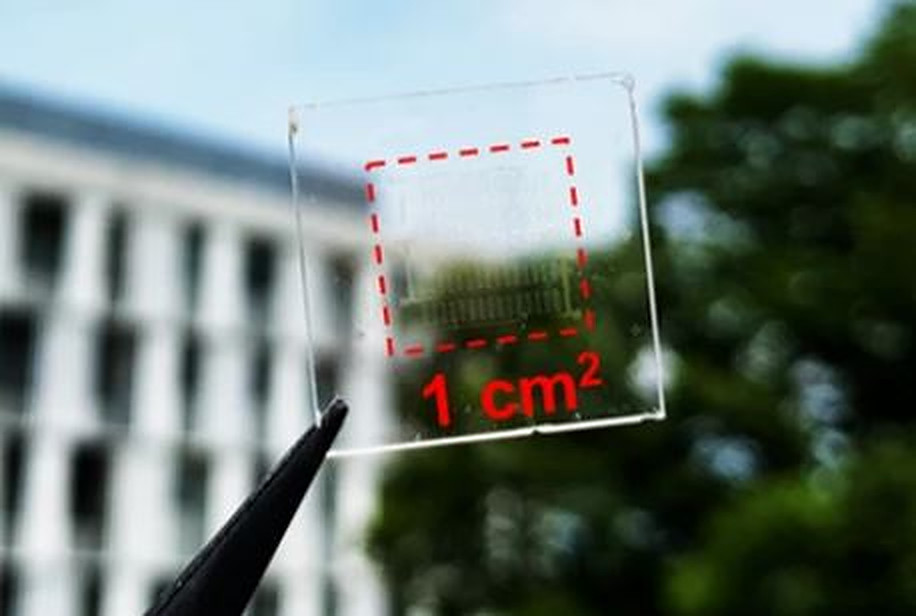Scientists from the Tohoku University in Japan have fabricated a near-invisible solar cell based on indium tin oxide (ITO) and tungsten disulfide (WS2) as a transparent electrode and a photoactive layer, respectively.
In this kind of PV device, which is also known as Schottky junction solar cell, the band necessary for charge separation is provided by an interface placed between a metal and a semiconductor. In the proposed device and ideal band structure, the discrepancy in the work function (WF) between one of the electrodes and the semiconductor separates the photogenerated electron–hole pairs. “Once the generated carriers travel to the opposite electrode, power generation can be realized,” the scientists explained.
WS2 is a member of the family of materials known as transition metal dichalcogenides (TMDs), which the scientists said are ideal for near-invisible solar cells, due to their suitable band gaps in the visible light range and highest absorption co-efficiency per thickness.

Image: Tohoku University, scientific reports, Creative Commons License CC BY 4.0
In the development of solar cells, the researchers sought to avoid interface impurity that they said may be the cause of undesired surface recombination, which would, in turn, reduce the separation efficiency of carriers at the interface barrier, thus affecting the device's open-circuit voltage.
Popular content
The ITO–WS2 junction was fabricated by sputtering ITO on quartz substrate and the WS2 monolayer was grown via chemical vapor deposition (CVD). ” The work function of the transparent ITO electrodes was modulated by a thin metal film coating without sacrificing the high transparency of ITO,” the group said.
The solar cell achieved a power conversion efficiency that is 1,000 times higher than that of a reference device using a normal ITO electrode. “Large-scale fabrication of the solar cell was also investigated, which revealed that a simple size expansion with large WS2 crystals and parallel long electrodes could not improve the total power (PT) obtained from the complete device even with an increase in the device area,” the academics said, noting that the cell has the potential to achieve transparency of 79%.
They presented the cell technology in the paper “Fabrication of near-invisible solar cell with monolayer WS2“, published in scientific reports. “These findings can contribute to the study of TMD-based near-invisible solar cells from fundamentals to truly industrialized stages,” they said.
This content is protected by copyright and may not be reused. If you want to cooperate with us and would like to reuse some of our content, please contact: editors@pv-magazine.com.



Wonderful development